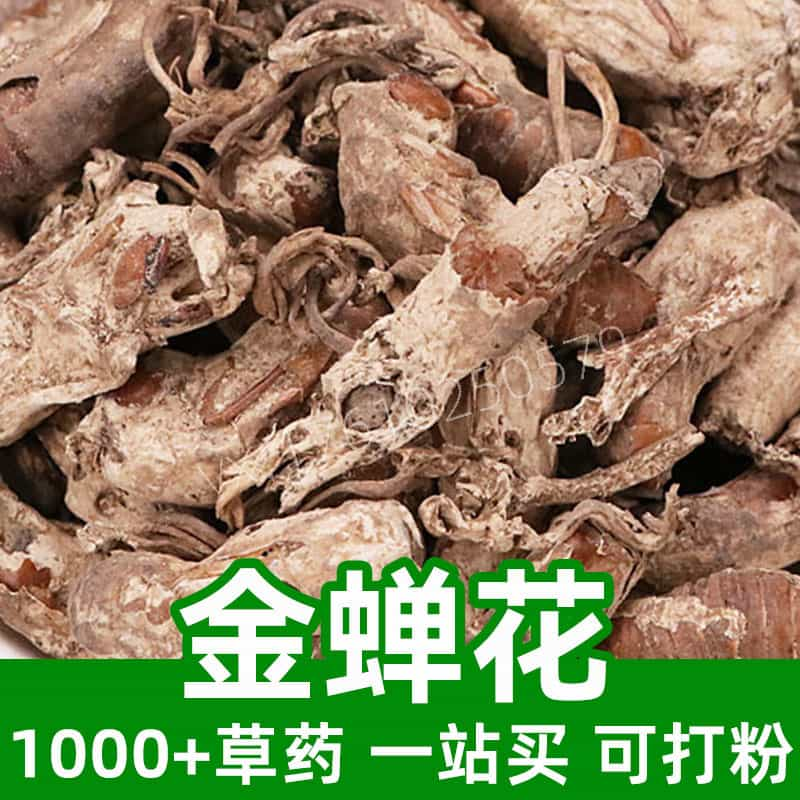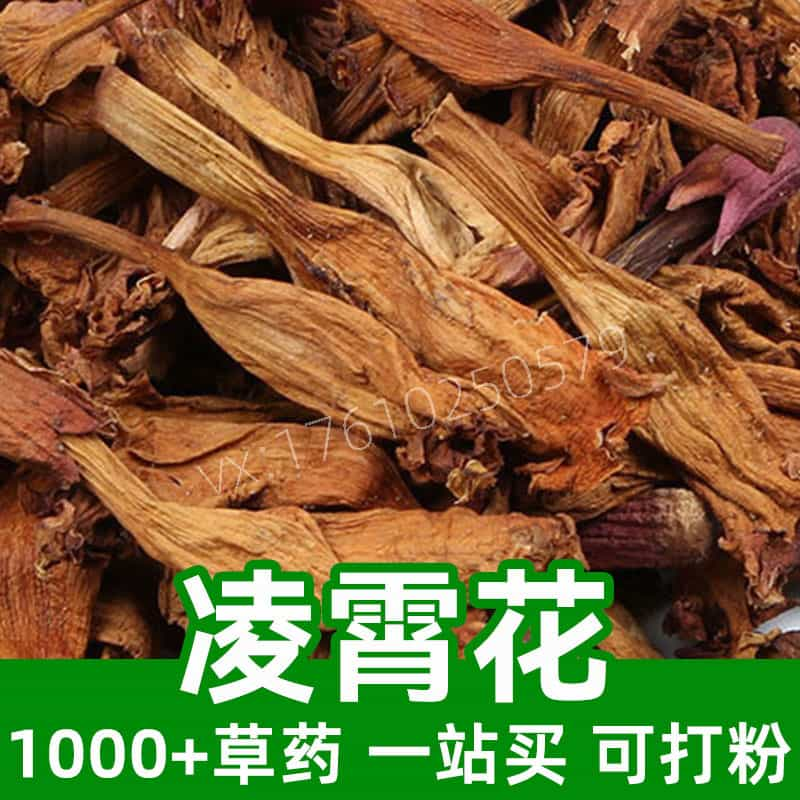Cablin Potchouli Herb Product Introduction
Cablin Potchouli Herb, a perennial herbaceous plant, is predominantly found in Asia, including China, Japan, and South Korea. Its main components include essential oils, tannins, flavonoids, and terpenoids. With a pungent and warm nature, Cablin Potchouli Herb is linked to the Lung, Spleen, and Stomach meridians. In traditional Chinese medicine, it is widely used to address colds, coughs, chest tightness, and digestive issues, offering benefits such as expelling wind and cold, regulating qi, strengthening the spleen, and relieving cough and phlegm.
Key Active Components of Cablin Potchouli Herb
Cablin Potchouli Herb's primary active components include essential oils, tannins, flavonoids, and terpenoids.
- Essential Oils:A core component of Cablin Potchouli Herb, essential oils include terpenoids such as anethole, anethone, and patchoulene. These compounds contribute to its unique fragrance and pharmacological properties.
- Tannins:Rich in tannins, Cablin Potchouli Herb offers astringent and hemostatic effects, making it useful for conditions like diarrhea and rectal bleeding.
- Flavonoids:Cablin Potchouli Herb contains flavonoids like luteolin and quercetin, known for their antioxidant, anti-inflammatory, and antimicrobial effects, which support immune health.
- Terpenoids:Terpenoids such as coumarin and Cablin Potchouli Herb alcohol help regulate the nervous system and relieve stress, making Cablin Potchouli Herb beneficial for anxiety and insomnia.
These components work synergistically to provide Cablin Potchouli Herb's multifaceted pharmacological effects, including expelling wind and cold, regulating qi, strengthening the spleen, relieving cough and phlegm, and calming the nervous system, highlighting its value in traditional medicine.
Cablin Potchouli Herb Applications and Usage
Cablin Potchouli Herb is a versatile herb with widespread applications in traditional medicine and the food industry.
- Traditional Medicine Applications:
- Expelling Wind and Cold: Cablin Potchouli Herb's warming properties make it effective for treating wind-cold conditions such as colds, headaches, and joint pain. Often combined with herbs like Schizonepeta and peppermint.
- Regulating Qi and Strengthening the Spleen: Useful for indigestion and abdominal distension, Cablin Potchouli Herb is frequently paired with herbs like white atractylodes and dried tangerine peel.
- Relieving Cough and Phlegm: It is effective in managing respiratory conditions like cough and excessive phlegm, often combined with coltsfoot and perilla leaf.
- Food Industry Applications:
- Seasoning: Valued for its unique aroma and medicinal benefits, Cablin Potchouli Herb is used as a spice to enhance the flavor of dishes, particularly meats and seafood.
- Health Foods: With its antioxidant and antimicrobial properties, Cablin Potchouli Herb is incorporated into health foods aimed at boosting immunity and overall wellness.
- Dosage and Administration:
- Herbal Decoctions: Typically used in doses of 3–9 grams per preparation, adjusted based on the condition and medical advice.
- Culinary Use: Cablin Potchouli Herb is added sparingly as a seasoning to avoid overpowering the dish’s flavor.
In summary, Cablin Potchouli Herb holds a significant place in traditional medicine and the food industry, offering a variety of health benefits when used appropriately.
Source Plant, Distribution, and Growth Environment of Cablin Potchouli Herb
Cablin Potchouli Herb (*Pogostemon cablin*), also known as Cablin Potchouli Herb herb, belongs to the mint family and is a highly valued medicinal and aromatic plant.
- Plant Description:
- Cablin Potchouli Herb is a perennial herbaceous plant with upright stems reaching over 1 meter. Its oval or elongated leaves have a characteristic fragrance.
- It produces small, dense, purple to reddish-purple flowers in spike-like clusters, blooming during summer and autumn.
- Distribution:
- Native to tropical and subtropical regions, Cablin Potchouli Herb is widely distributed in southern China (e.g., Guangxi, Guangdong, Yunnan), India, Myanmar, and Thailand.
- In China, it thrives in regions south of the Yangtze River, particularly in sunny and moist environments such as hillsides, valleys, and near streams.
- Growth Environment:
- Preferring moist, well-drained soils, Cablin Potchouli Herb grows best in sandy loam.
- It thrives in warm climates, with an optimal growth temperature of 20°C–30°C, but is sensitive to frost and cannot withstand cold winters.
- Cablin Potchouli Herb typically grows from spring to autumn and can be harvested 1–2 times per year.
Harvesting, Processing, and Storage of Cablin Potchouli Herb
Proper harvesting, processing, and storage are essential to maintaining Cablin Potchouli Herb's quality and efficacy.
- Harvest Timing:
- Harvest during peak stem and leaf growth, before the flowers bloom, usually on clear mornings to avoid dew or moisture.
- Harvesting Methods:
- Plants are harvested whole or by cutting stems and leaves, leaving roots intact for regrowth. Gentle handling minimizes damage to the plants.
- Preliminary Processing:
- Freshly harvested Cablin Potchouli Herb is cleaned and air-dried in ventilated, shaded areas to preserve its aroma and prevent leaf damage.
- Drying:
- Cablin Potchouli Herb is dried thoroughly to reduce moisture content and prevent mold. Common methods include sun drying and air drying in ventilated spaces.
- Storage:
- Dried Cablin Potchouli Herb should be stored in a cool, dry, and ventilated area, away from direct sunlight and moisture. Packaging in breathable containers prevents dampness.
- Periodic checks are recommended to maintain quality and fragrance. If signs of moisture or odor appear, re-drying and repackaging are necessary.
Proper care during harvesting, processing, and storage ensures the long-term preservation of Cablin Potchouli Herb’s medicinal and aromatic properties.
Monica Sun is a seasoned expert in the natural raw materials industry, with over a decade of experience specializing in traditional Chinese medicinal herbs, spices, and fungi. She is skilled in the sourcing, processing, and application of these materials, emphasizing sustainability and innovation. Monica Sun has contributed to the development of high-quality natural raw materials that serve as essential components in functional foods, pharmaceuticals, and cosmetics, delivering tailored solutions to meet diverse market needs.













